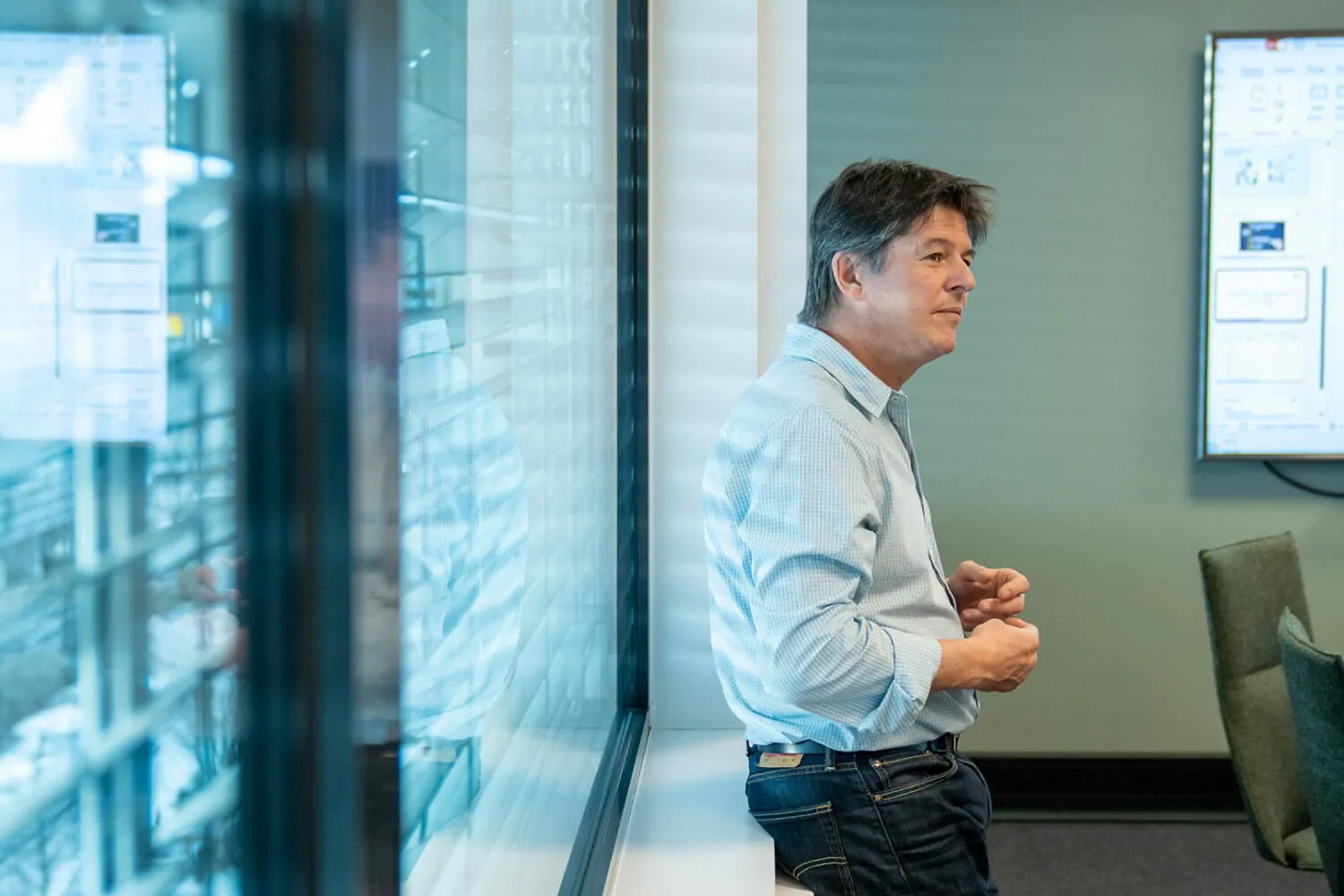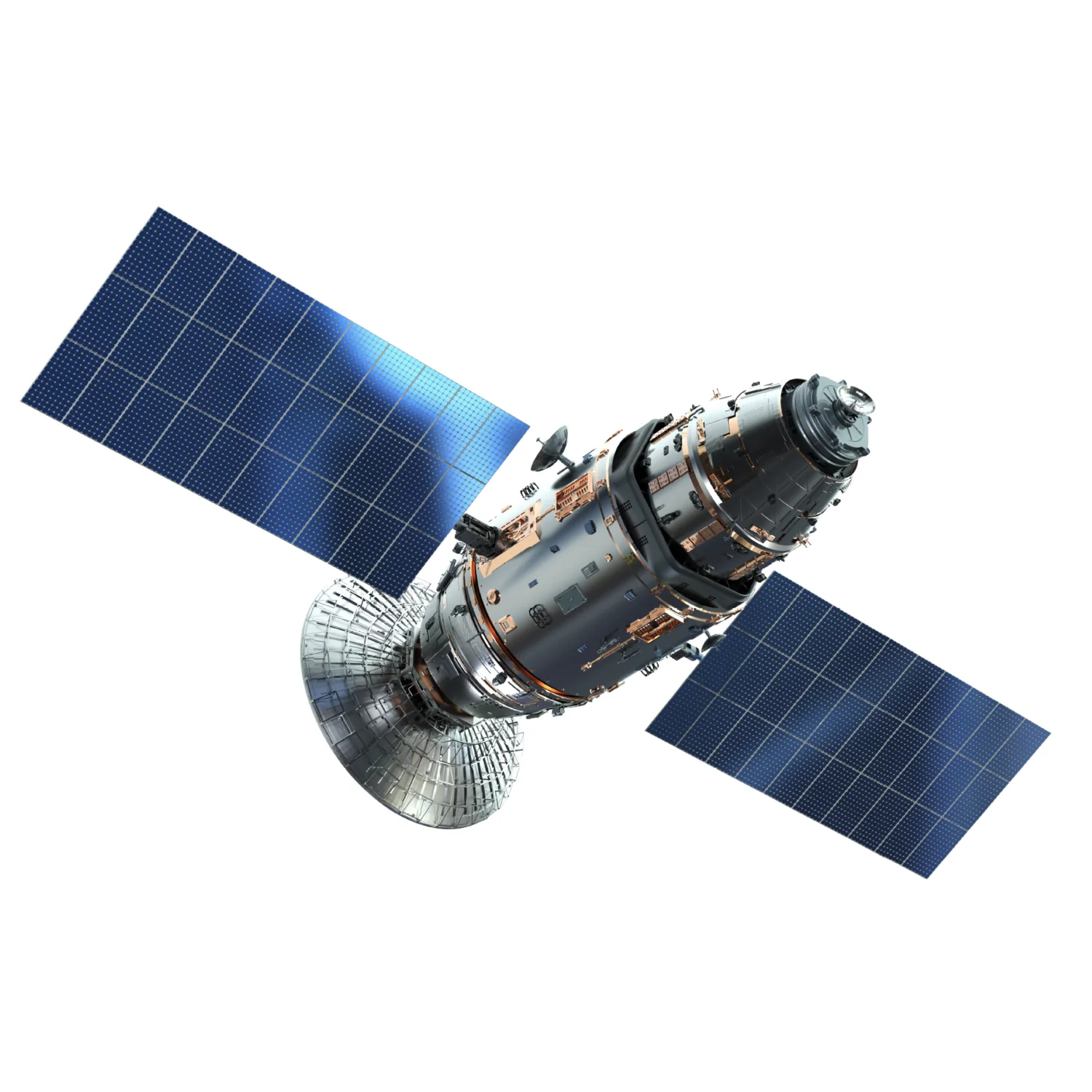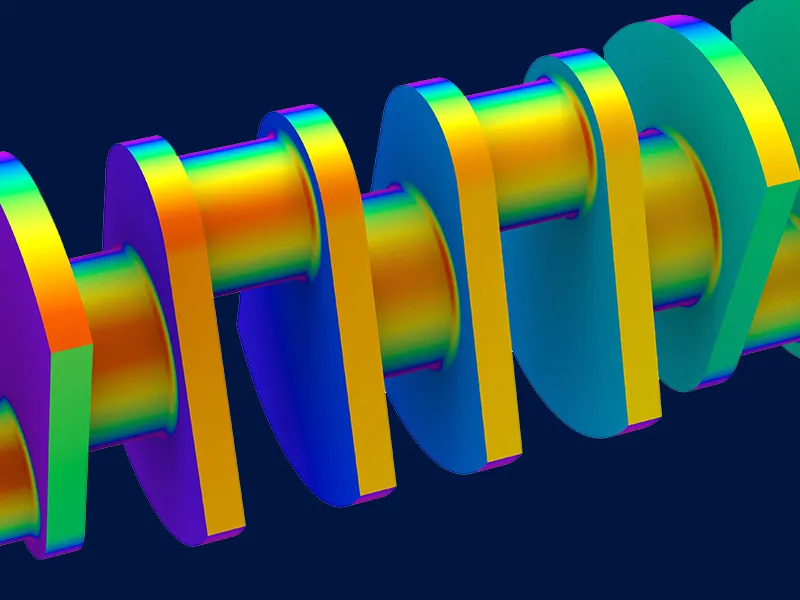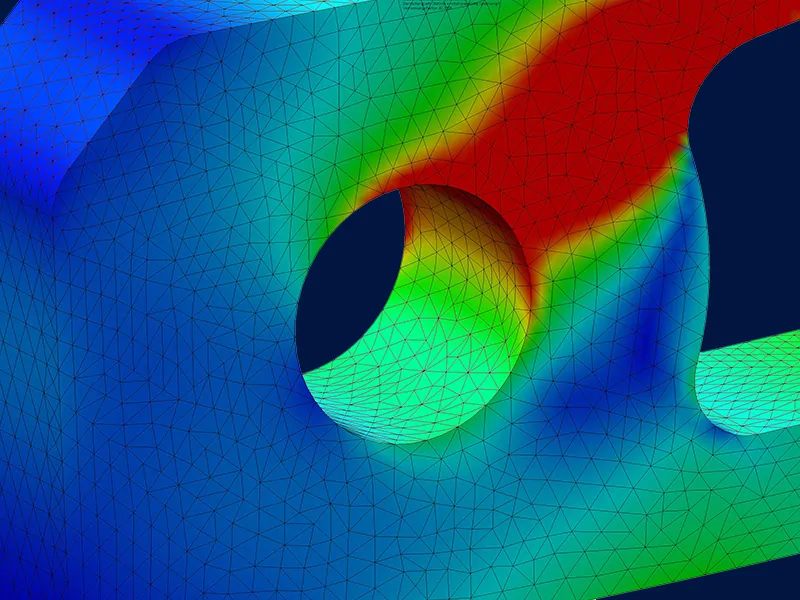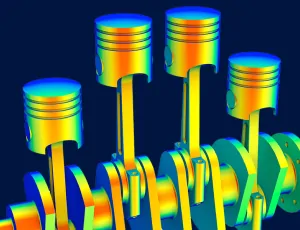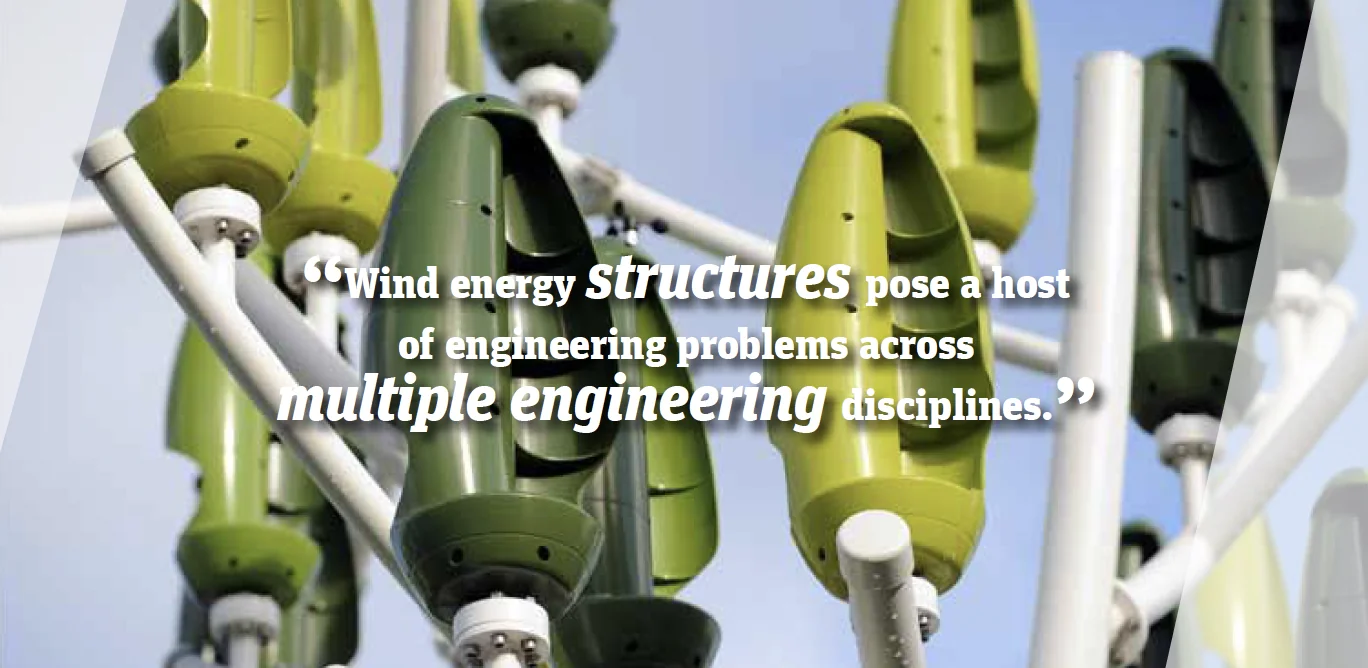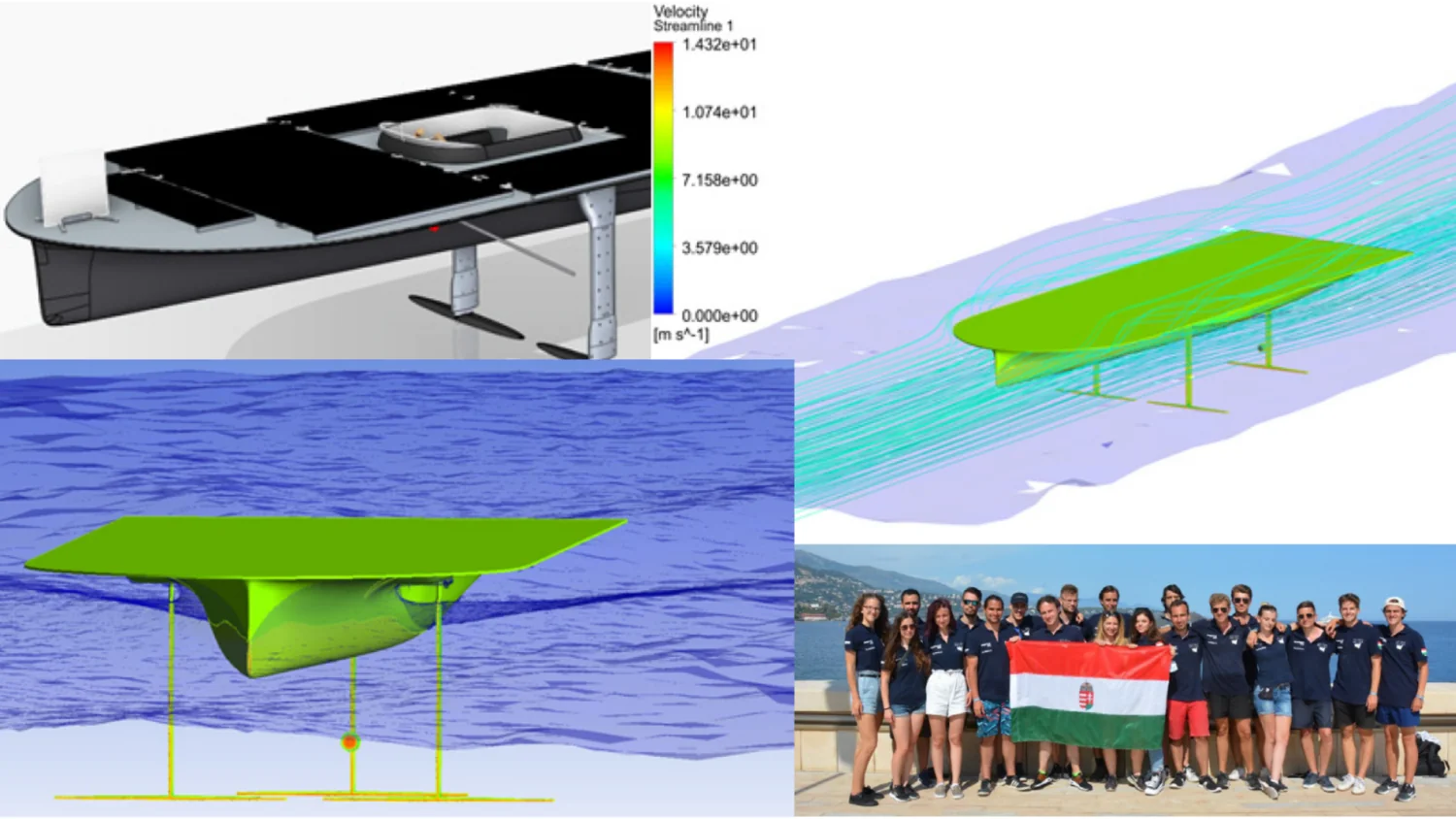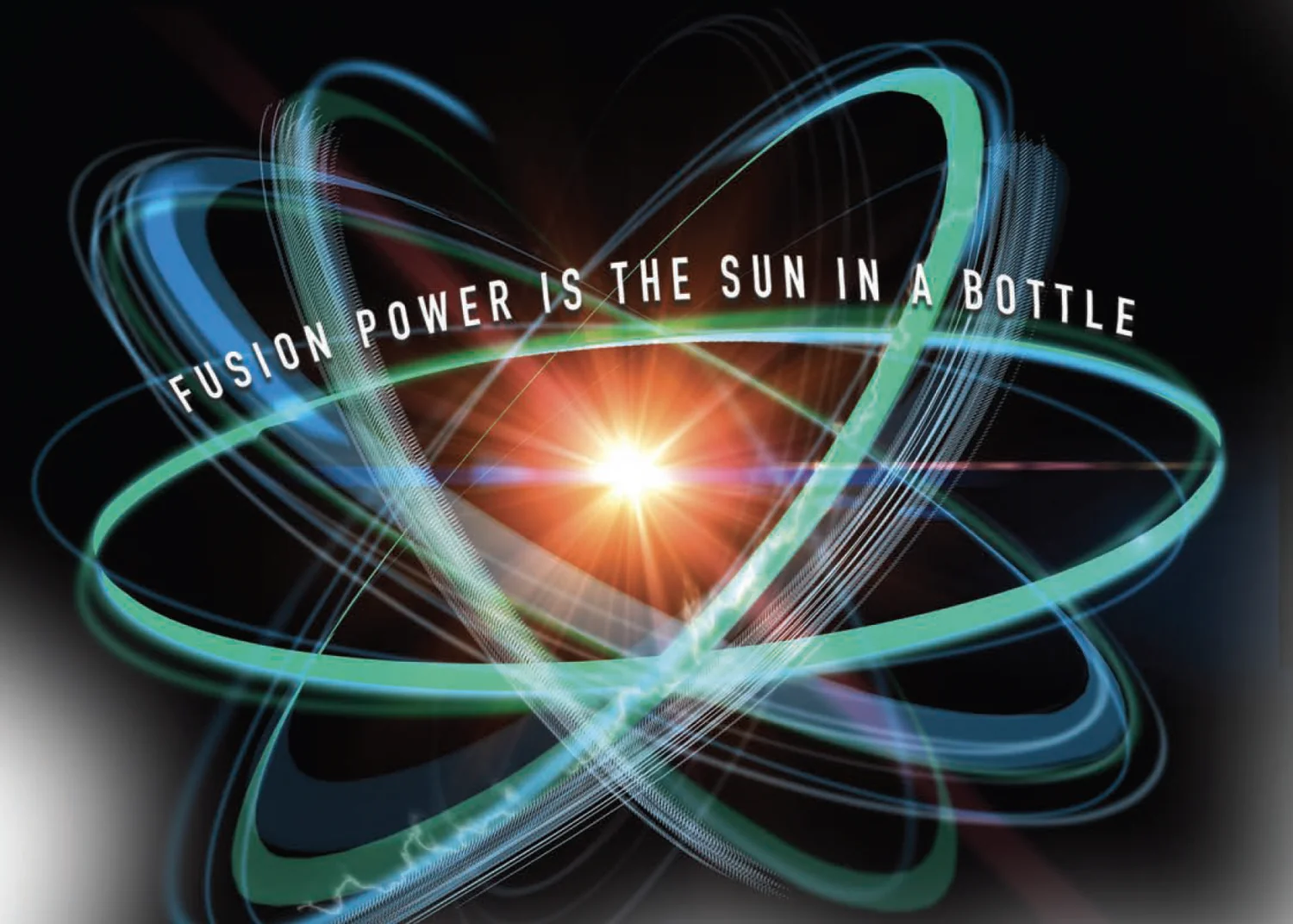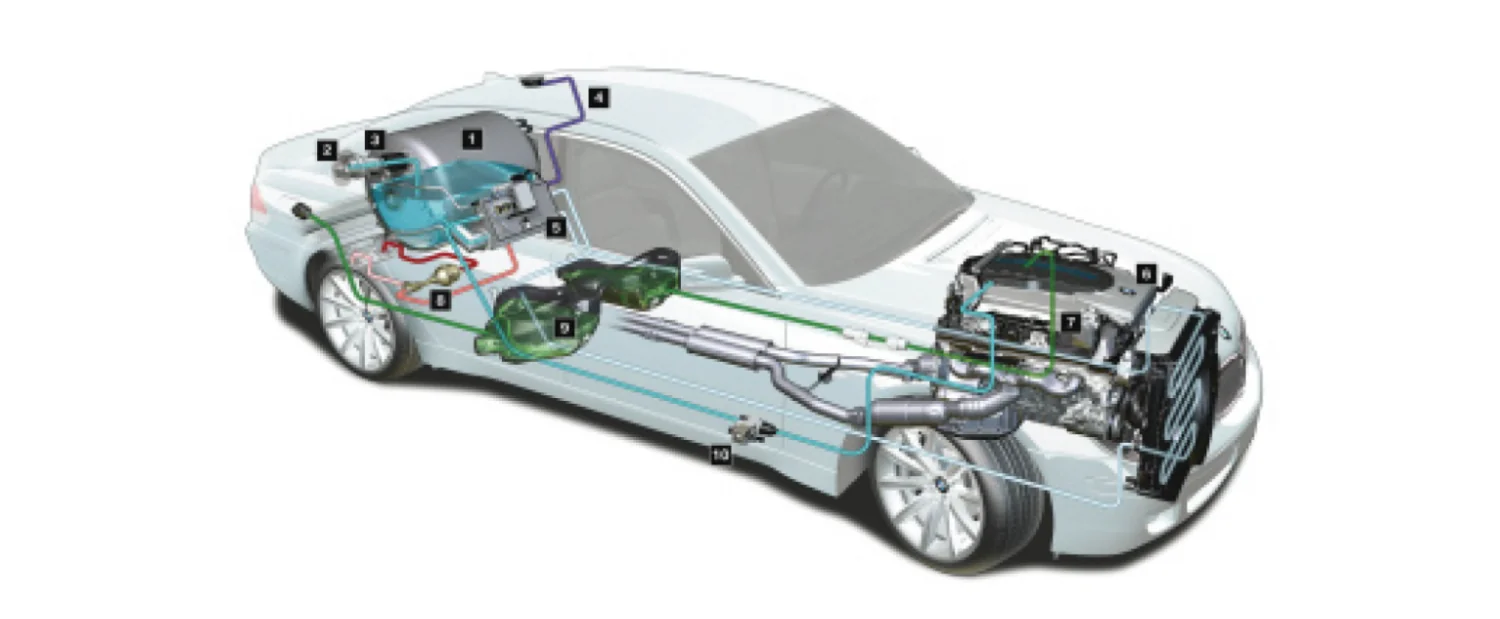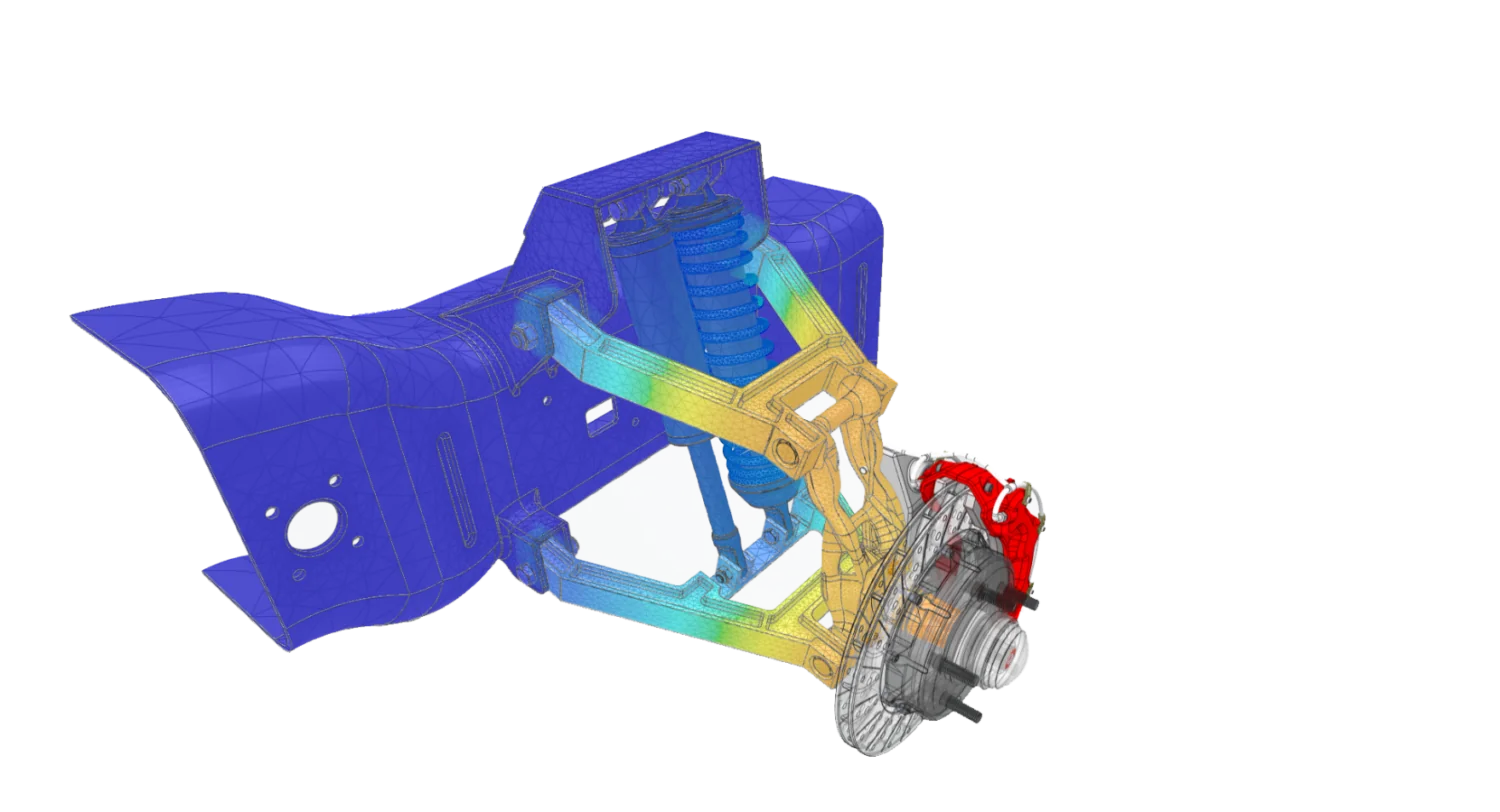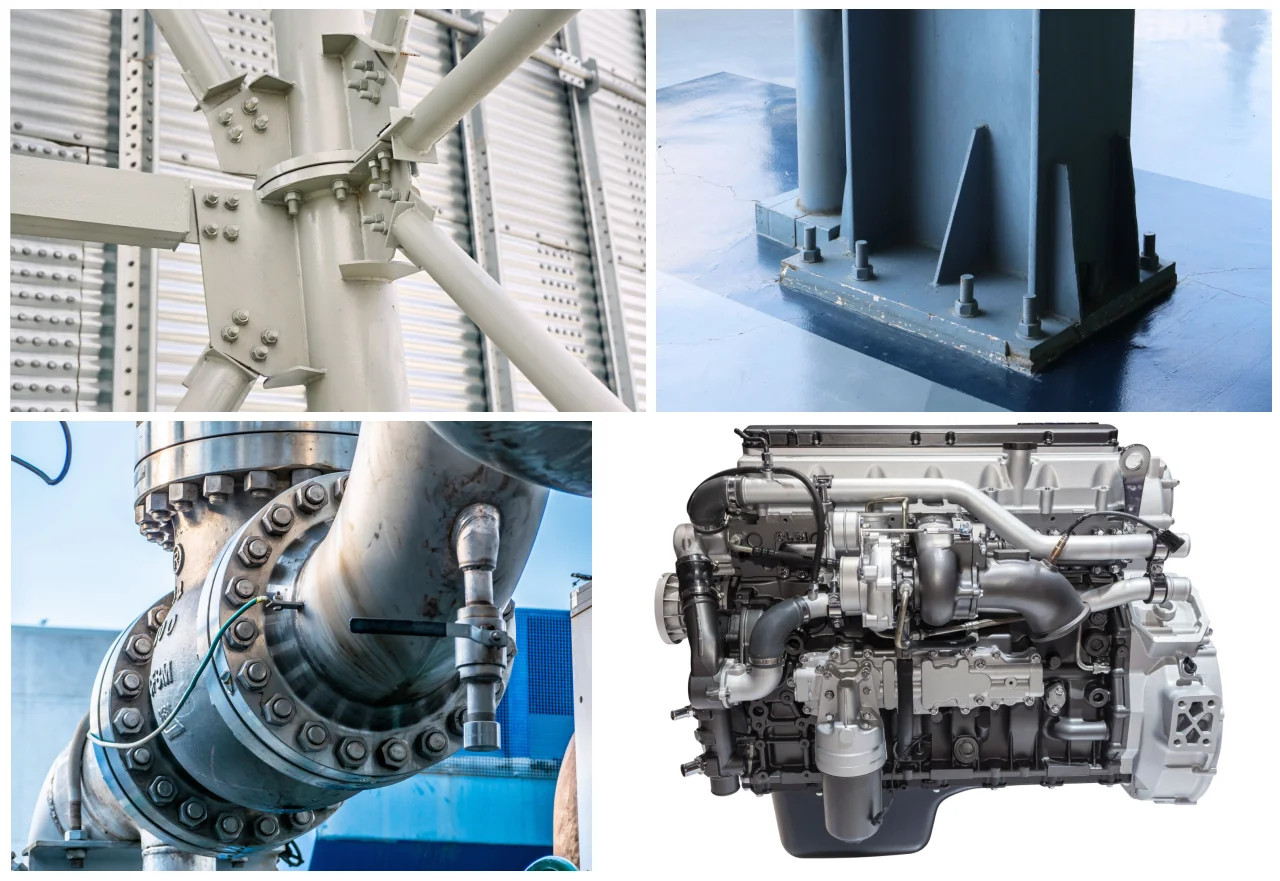In the dynamic landscape of the renewable energy, innovation is not just a choice, it’s a necessity – and simulation has emerged as a groundbreaking tool.
Our solutions are at the forefront of this revolution, offering cutting edge simulation tools, and backed up by experts with hundreds of combined years’ experience.
Why Simulation?
The renewable energy landscape is one of constant evolution, from the development of advance solar arrays to the optimisation of wind turbines for efficiency. Traditional trial and error methods fall short; that is where simulation steps in, offering risk-free virtual environment to test, refine and perfect your ideas before they become reality. In short, simulation offers:
- Realistic Environments
- Data-driven Insights
- Collaborative Solutions
- Risk Mitigation
- Sustainability at the Core

Wind energy offers a sustainable way to reduce risks, to cut emissions, and costs.
Offshore and land wind farms are rapidly increasing in number. These towering structures are designed to withstand the forces of nature, including wind and tide, and convert them into power. Engineers must master a complex system that creates, stores and transfers energy. Blades must use new lightweight materials and undergo in-depth aerodynamic studies. Electric generators, inverters, accumulators, and the entire energy grid must be designed to minimize loss and maximize wind exploitation while reducing downtime and maintenance.
Simulation plays a crucial role in designing the components and in examining the entire system. Through digital twin technology, it also allows for maximizing plant performance, predicting malfunctions, and planning maintenance cycles – in turn generating larger quantities of clean energy at a lower cost.
Case Study - Liftra Designs for Wind Turbine
Water has been a source of energy for hundreds of years, and nowadays, harnessing its power is critical to its contribution to a less polluted environment.
Traditional dam systems are now joined by tidal and wave powered generators, like those designed by EDRMedeso partners Orbital Marine and CorPower.
Simulation allows engineers to push turbine efficiency to the limits, to develop systems that operate for peak demand under variable flow rates and dynamic loads.
From understanding Fluid-Structure Interaction where predicting and integrating both behaviors is critical to safe and reliable equipment operation to distribution and storage challenges, simulation gives critical insight to engineers and designers seeking to increase the influence of hydropower on the renewable energy market.
Case Study - Energizing Generator Designs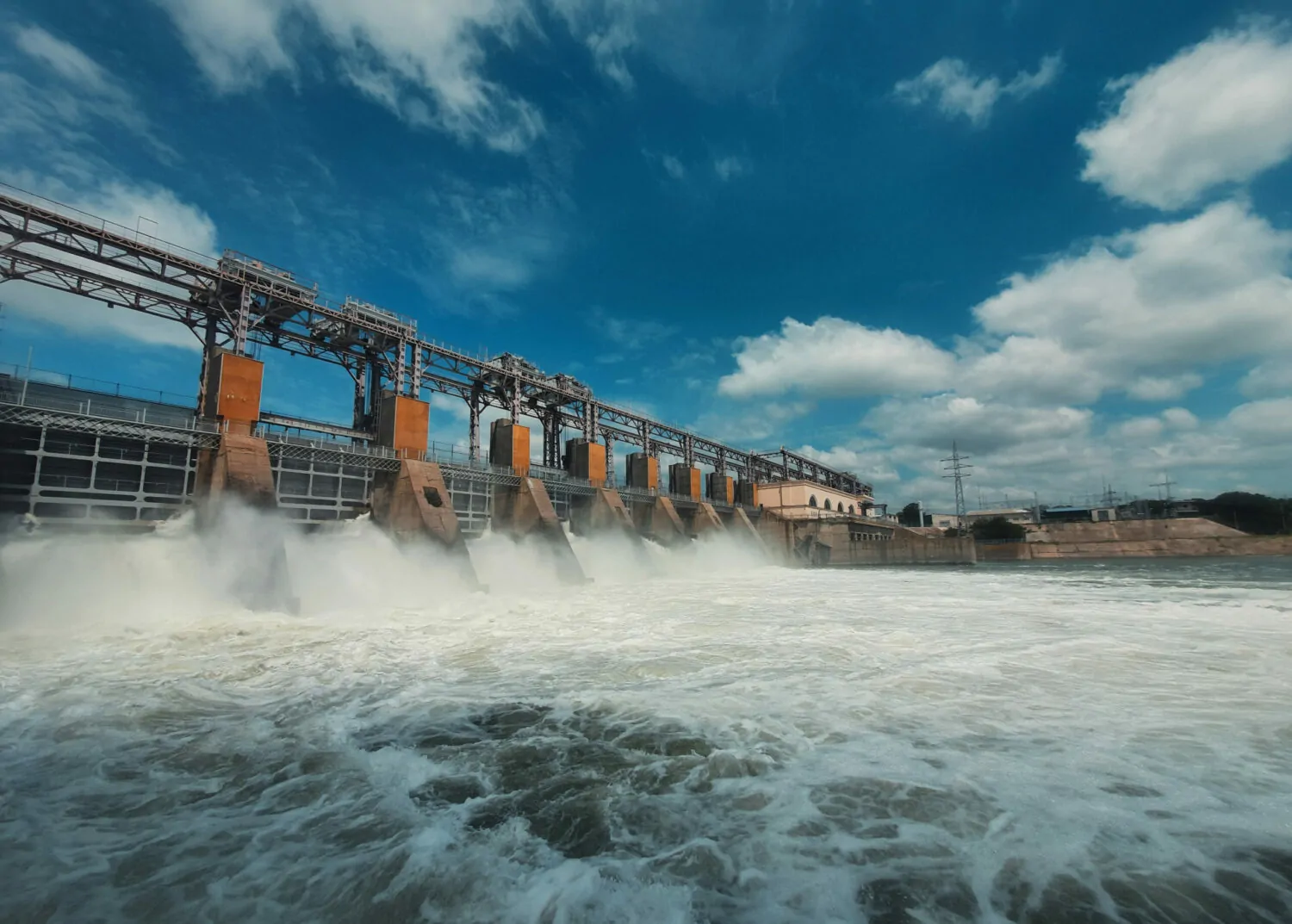
Transitioning from fossil fuel-based energy to solar power provides a more sustainable choice, and helps us all in achieving a significant move toward net-zero objectives.
Beyond the conventional use of solar panels, solar energy can be harnessed through various innovative system designs such as patio umbrellas, benches, and windows, among other architectural structures. Employing precise simulations proves instrumental in accurately gauging the cost-effectiveness of solar conversions when balanced against the energy yield.
Take EDRMedeso customer, Cambridge Energy, as an example. Their mobile, modular solar trackers are designed to operate in any conditions, on any terrain at the lowest Kw/H deployment cost.
Not only is simulation helping capture renewable energy, it’s instrumental in making it the most efficient it has ever been!
To help reimagine solar power, Ansys offers comprehensive simulation solutions for optimal panel positioning for power conversion, and structure and electronics reliability in a variety of solar events.
Case Study - Preserving the Life of Solar Power
Hydrogen is playing an increasingly significant role in the carbon neutrality ‘mix’. It provides many pathways toward sustainability – from energy storage to cleaner energy production and propulsion – while complementing other solutions, such as batteries.
However, there are hurdles to overcome if hydrogen is to make a viable contribution towards the energy revolution; primarily these are cost, infrastructure and scalability. Simulation can play a part in achieving breakthroughs in each of these areas.
From process optimization to efficiency analysis, feedstock impacts, and process modeling, our comprehensive range of simulation tools allow innovators to evaluate their designs dynamically, predict and mitigate transient conditions and associated risks and extend models to overcome the complexities of the entire hydrogen production supply chain.
Case Study - Generating Hydrogen for Energy Storage
Ansys Energy ebook - Accelerating Renewable Energy with Simulation
Embark on a journey through sustainable energy innovation with Ansys Renewables and Energy Simulation Solutions. This case study explores the pivotal role of digital technology in the energy transition, featuring impactful solutions in Carbon Capture, Emission Controls, Hydrogen, Solar, Wind, and Materials Information Management.
Engage with compelling case studies highlighting Ansys’ commitment to Net Zero, customer support, and its broader influence across diverse industries in sustainability.


Start Ups - We Have A Solution For You
Our startup collaborations begin with understanding specific needs. Leveraging Ansys simulation apps, we assist in analyzing, refining designs, and optimizing performance, reducing reliance on expensive prototypes. Beyond software, we provide training and ongoing assistance, ensuring seamless integration of simulation into workflows, accelerating renewable energy product development while minimizing trial-and-error costs.
EDRMedeso actively fuels startup growth by offering access to advanced tools and a supportive ecosystem, guiding them through the intricacies of renewable energy engineering with confidence.
Success Stories
Video Insights



